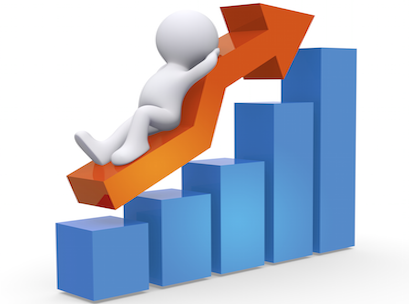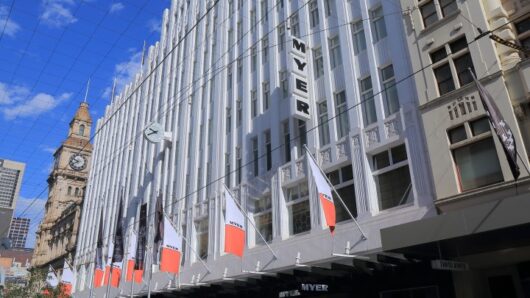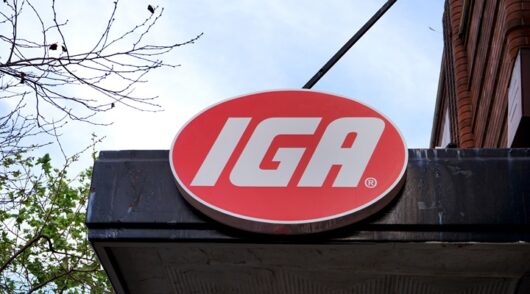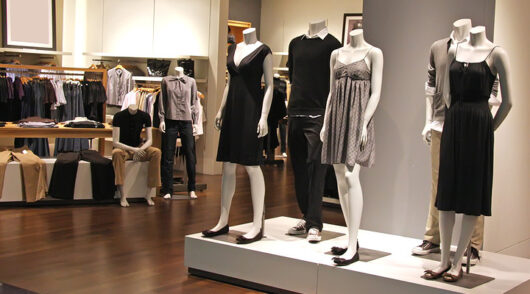 The slump in consumer spending is expected to continue throughout the year as a major headwind for retailers across the country.
The slump in consumer spending is expected to continue throughout the year as a major headwind for retailers across the country.
Commonwealth Bank research says weak wages growth is the single biggest factor weighing on the retail sector as households devote a greater portion of their wallet to health, utilities and education.
“Consumers have a fine amount of disposable income and even with the assistance of a falling savings rate, record low wages growth has weighed significantly on the discretionary parts of retail trade,” CBA senior economist Gareth Aird said in a report on the retail sector.
“Soft total retail trade growth is largely down to a lack of spending growth on consumer durables and clothing.”
Aird said demand for clothing and other discretionary goods has been week for the past two years, as seen in falling department store sales and the collapse of a string of apparel retailers.
Herringbone, Marcs and David Lawrence, Pumpkin Patch, Rhodes and Beckett are among a recent spate of largely high-end clothing retailers to have fallen into voluntary administration.
Overseas clothing giant Topshop has revealed its Australian business is struggling, while department store chain Myer has been warning “challenging trading conditions” continue to hurt its sales.
The market value of retailers on the ASX have also come under pressure as investors sell down retail stocks following sales warnings and profit downgrades.
Online giant Amazon’s impending arrival in Australia will also put more pressure on retailers to sacrifice more profits for lower prices.
Myer’s shares are at an all-time low of about 86 cents, while JB Hi-Fi and Harvey Norman have suffered selldowns largely linked to the Amazon threat.
CBA also warned that the effectiveness of lower interest rates is close to being exhausted and only a lift in wages’ growth will lead to an increase in retail spending.
However, it said given the significant amount of slack in the jobs market, an increase in wages growth is not expected to happen in 2017 and as a result, retailers will remain under pressure throughout the year.
Online retailers are also feeling the pressure.
National Australia Bank data shows online retail sales fell 0.8 per cent in April compared to a year ago, reversing growth seen in March.
NAB estimated consumers to have spent around $22.37 billion in the year to April which is equivalent to about seven per cent of spending at traditional bricks and mortar retailers.
Retail trade figures for April will be released by the Australian Bureau of Statistics on Thursday and while economists forecast a slight rise after two negative months, the consensus warns that the underlying trend in spending remains weak.
Access exclusive analysis, locked news and reports with Inside Retail Weekly. Subscribe today and get our premium print publication delivered to your door every week.





